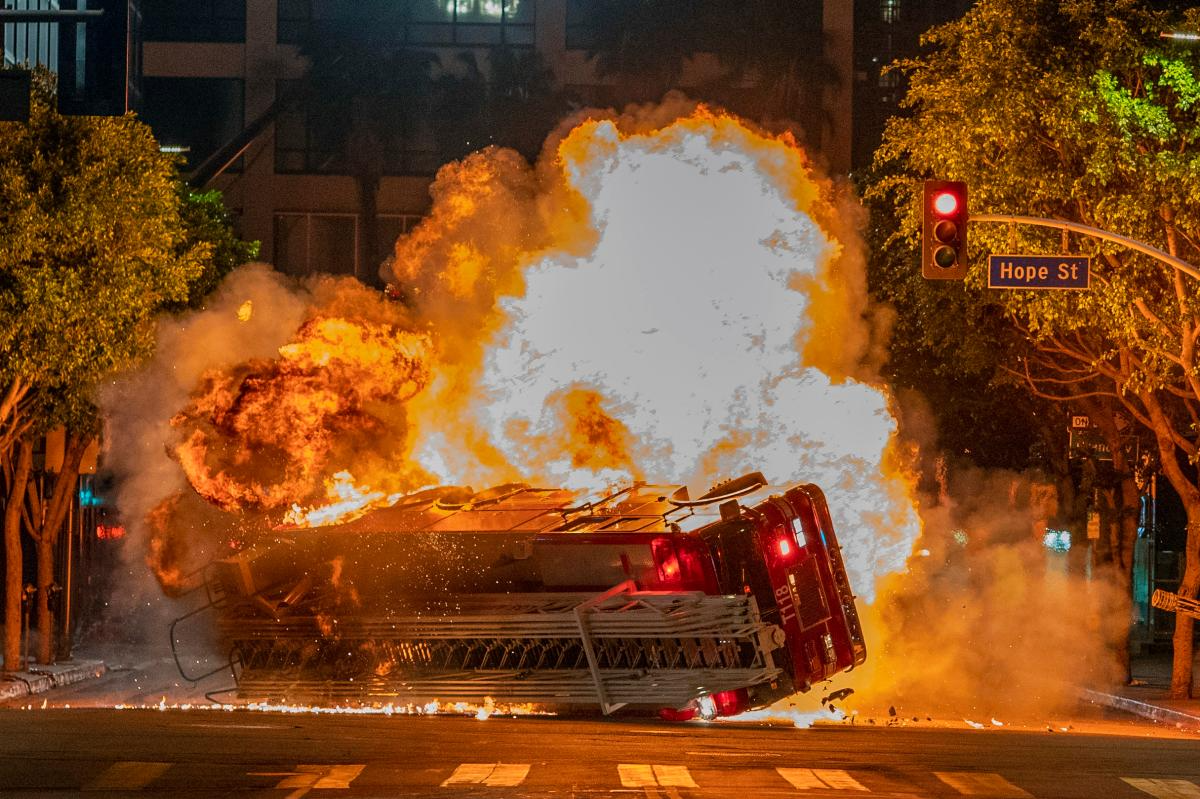
When you watch 9-1-1, you expect the adrenaline: fires blazing, buildings collapsing, lives hanging by a wire. But what you see on-screen is only half the story. What you don’t see is the relentless orchestration behind the chaos.

From real firefighters training the actors to actual fire rigs, the production goes deep. For example, a team of retired Los Angeles Fire Department (LAFD) firefighters serve as technical advisors — they don’t just consult, they perform alongside the cast.
In one behind-the-scenes article, the retired LAFD Battalion Chief Michael Bowman described how a real flash-over scenario (a fire expanding explosively) was used as blueprint for a sequence in which characters jump from one fire escape to another.
The stakes are real: actors wearing heavy gear, shooting through smoke, fire, and debris. One set photo shows a camera crew inside what looks like a burning building for a rescue scene — take a breath, because the chaos is engineered for authenticity.
And then there’s the emotional cost: the cast and crew admit the physical toll is enormous. Claustrophobic fire-scenes, breathing tanks, hours under full gear. It’s not just acting: it’s immersion.
